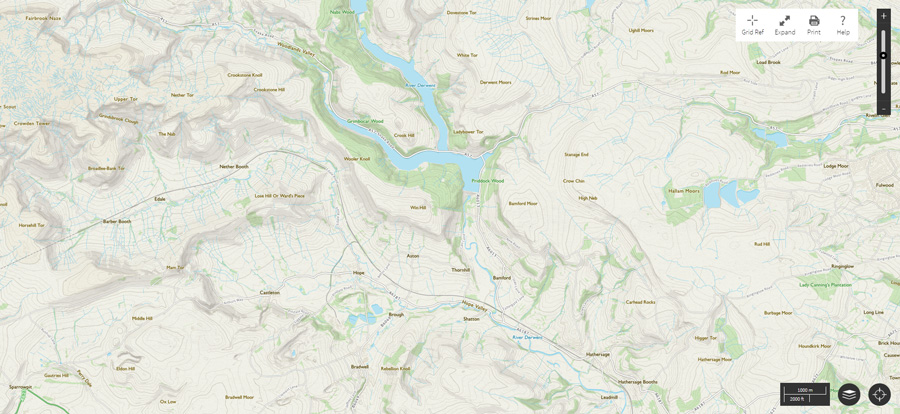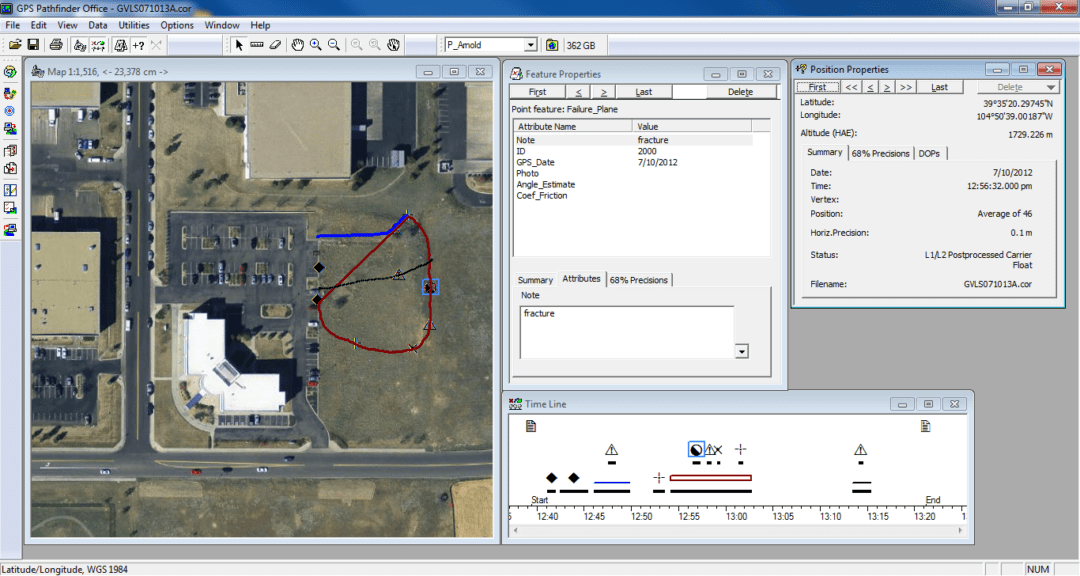
This variability has been broadened and extended by other climatological aspects as well. In many cases they are either far above average (i.e., diurnal temperatures premature snowmelt) or far below (i.e., precipitation amounts, snowpack levels, reservoir capacities). Climate-related metrics derived for southwestern North America present a confusing mix. The funders had no role in study design, data collection and analysis, decision to publish, or preparation of the manuscript.Ĭompeting interests: The authors have declared that no competing interests exist.Įarth’s climate is increasingly variable, as gauged across a variety of unique habitats. Forest Service Rocky Mountain Research Station ( ) and US Fish and Wildlife Service (USFWS ) Section 6 funds.

Data can be obtained by contacting the corresponding author.įunding: Financial support was provided by the Wallace Research Foundation ( Animas Foundation Malpai Borderlands Group ( ) Arizona Game and Fish Department (AGFD ) Nongame Branch AGFD Nongame Check-off Fund New Mexico Department of Game and Fish (NMDGF ) Endangered Species Program New Mexico Department of Game and Fish Share-with-Wildlife Fund Arizona Game and Fish Department Heritage Fund (I95048, I98011) U. As such, data are available upon request to scientists who wish to access them. Secondly, rattlesnakes are particularly prone to persecution in North America, and making our data available may increase the indiscriminant killing of this federally listed species. This could lead to increased illegal take of this organism. In making our data public and freely available, we necessarily divulge collection locations. Despite its listing, this relictual form still suffers from poaching.

The decision to list this taxon under the ESA was in large part driven by over-collecting for the pet trade. First, and foremost, the focal taxon, the New Mexico Ridge Nosed Rattlesnake, is federally listed under the Endangered Species Act as threatened, and state listed as endangered in both Arizona and New Mexico. This is an open access article distributed under the terms of the Creative Commons Attribution License, which permits unrestricted use, distribution, and reproduction in any medium, provided the original author and source are creditedĭata Availability: Data are available upon request due to ethical and legal reasons. Received: JanuAccepted: Published: June 26, 2015Ĭopyright: © 2015 Davis et al. PLoS ONE 10(6):Įditor: Ulrich Joger, State Natural History Museum, GERMANY (2015) Nowhere to Go but Up: Impacts of Climate Change on Demographics of a Short-Range Endemic ( Crotalus willardi obscurus) in the Sky-Islands of Southwestern North America. It is a bellwether for the eventual climate-driven collapse of the Madrean pine-oak ecosystem, one of Earth’s three recognized megadiversity centers.Ĭitation: Davis MA, Douglas MR, Webb CT, Collyer ML, Holycross AT, Painter CW, et al. CWO is a rare organism in a unique environment, with a conserved niche and a predisposition towards extinction. Genetic rescue, a management approach successfully employed in similar situations, is ill advised in this situation due to climate-driven habitat change in the sky islands.

While survival is significantly impacted by wildfire at upper elevations, the extinction vortex is driven by small population demographics, a situation comparable to that of the European Adder ( Vipera berus), a conservation icon in southern Sweden. Core habitat is receding upwards in elevation and will shift 750km NW under conservative climate estimates. Survival rate differs significantly between genders (female

Biodiversity elements with narrow niches and restricted distributions (i.e., ‘short range endemics,’ SREs) are particularly vulnerable to climate change.


 0 kommentar(er)
0 kommentar(er)
